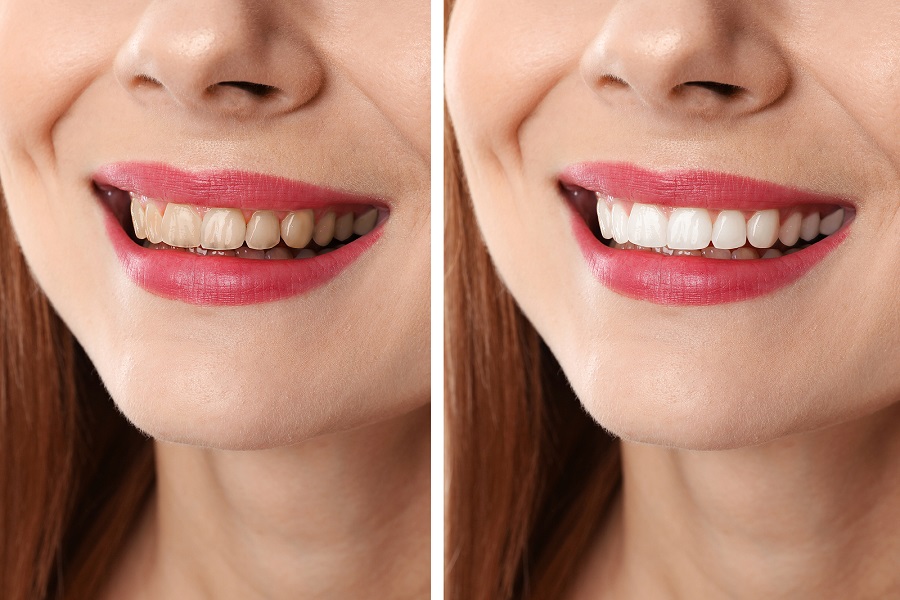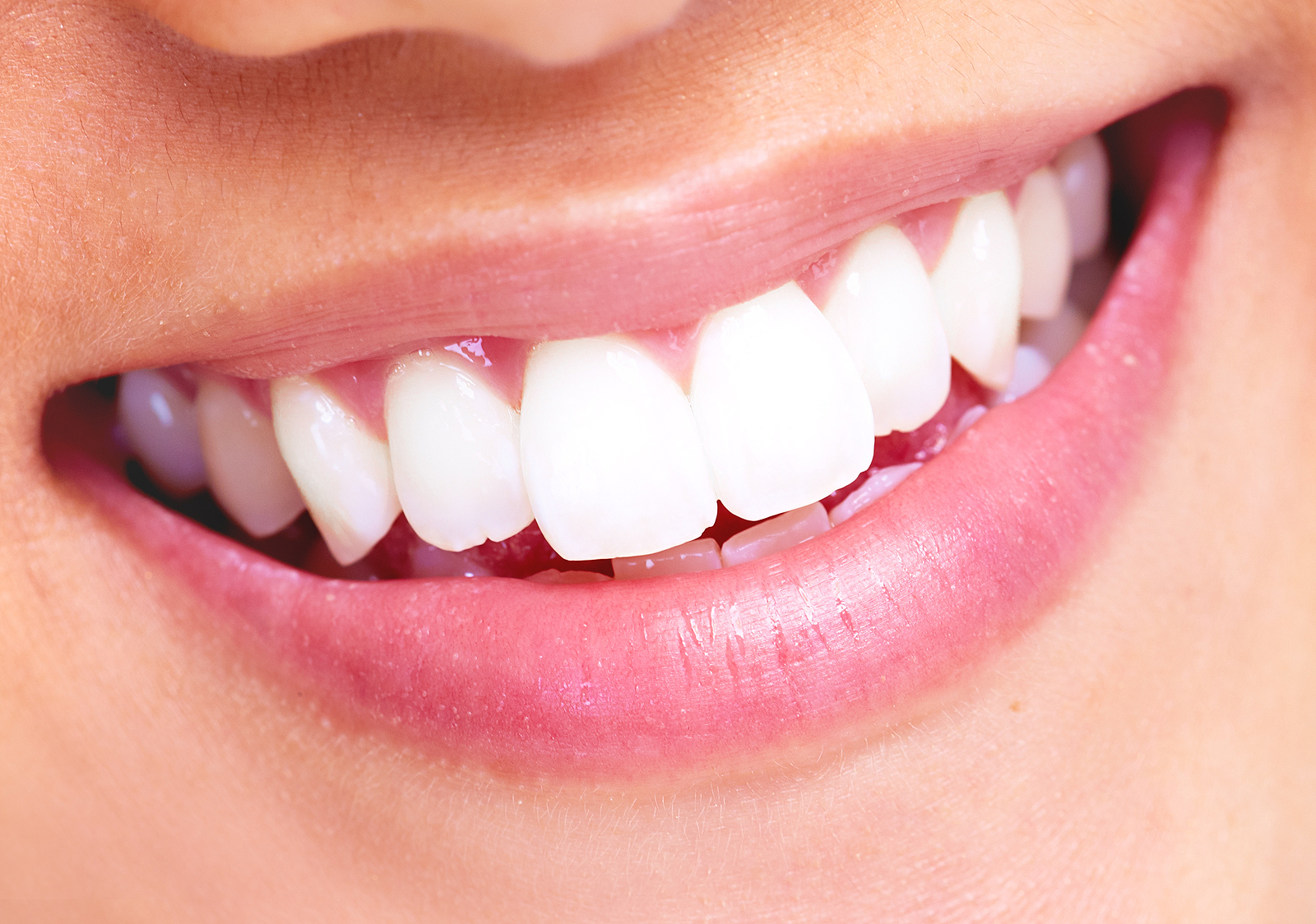HOW TO PREVENT CAVITIES IN BETWEEN TEETH
Cavities, the holes in teeth created by acidic bacteria, are never good no matter where they occur in the mouth. However, they’re even harder to find and treat when they develop between teeth. Unfortunately, there are many simple mistakes made during the brushing and flossing processes that can make it even more likely you’ll develop a cavity between two teeth. Learn about this problem and how to prevent cavities in between teeth to keep your smile as healthy as possible.
WHAT CAUSES CAVITIES BETWEEN TEETH?
Food debris is the main culprit behind cavities forming between teeth. Every time you chew on a snack or enjoy a meal, small bits of foods are trapped in the gaps. The spaces between molars are particularly prone to trapping foods, but all teeth have a chance to catch debris. Brushing loosens some of this food and flossing removes the rest of it, but missing even one gap during your daily routine may result in an unexpected cavity. Foods that are the worst for getting stuck between teeth include:
- Sticky and chewy foods, especially sweets like gummy bears and taffy
- Stringy snacks like beef jerky and some dried fruits
- Crunchy snacks with hard shells or skins, such as popcorn and some nuts.
HOW TO TREAT CAVITIES BETWEEN TEETH
In many cases, cavities that form between teeth affect both sides. This means the dentist must drill out the damaged material from both sides and essentially create two fillings. For simple cavities, the process is nearly the same as for cavities on the flat surfaces of the teeth. The process does take longer because it is harder for the dentist to angle between two healthy teeth and remove damaged enamel and dentin, but it follows the same basic steps. Cavities forming between two teeth tend to go deeper than they appear on the surface. If you have noticed a discoloration or change in the surface of a tooth before going to the dentist, you’ve likely already developed an extensive cavity or multiple cavities. Getting prompt treatment is important, and scheduling routine cleanings to catch cavities before they worsen is even better. It’s far easier and quicker to have your cavities repaired early rather than waiting to see what happens because they very rarely do anything except get deeper and bigger. Waiting too long to have a cavity filled may result in the need for a root canal if an infection begins in the inner part of the tooth.
HOW TO PREVENT CAVITIES IN BETWEEN TEETH
As with most dental concerns, it’s better to prevent these cavities rather than to just plan on treating them. Learning how to prevent cavities in between teeth simply requires careful attention to your daily brushing and flossing habits and a few extra tools. Start by making sure you’re brushing in a circular motion, on all parts of the teeth, with a bristled toothbrush designed to get into the inter-proximal spaces to remove large pieces of food. Follow up with at least one flossing per day with a wide ribbon product to remove as much food as possible. Thinner flosses are easier to get between tight teeth gaps, but they don’t carry away as much debris and could leave behind something that starts a cavity. When flossing and brushing simply aren’t enough anymore, add some medicated mouth rinses into the mix. Swishing with an alcohol free product, with or without added fluoride, removes a surprising amount of extra food debris each day. Plain water can also keep your mouth cleaner, especially when used as a rinse after each meal or snack, but mouth rinses contain extra ingredients to kill bacteria and remove acids created by them. Dental picks can be helpful when you know you’re eating a sticky or stringy snack particularly likely to stick between teeth, but don’t overuse them and risk damage to your gums. People with gum disease can develop larger gaps between teeth and experience a higher risk of inter-proximal cavities. If your dentist is treating you with products to tighten gaps between teeth, combat a receding gum line, or close up pockets around your teeth roots, ask about extra tools to clean between your teeth. A water pick or other low-intensity tool can reduce the rate of tooth decay without putting any wear on compromised teeth or cause gum damage. Are you concerned that you might have cavities lurking between your teeth right now? Make an appointment with us here at Biltmore Commons Dental to find out and get help preventing the problem in the first place.






















0 comments